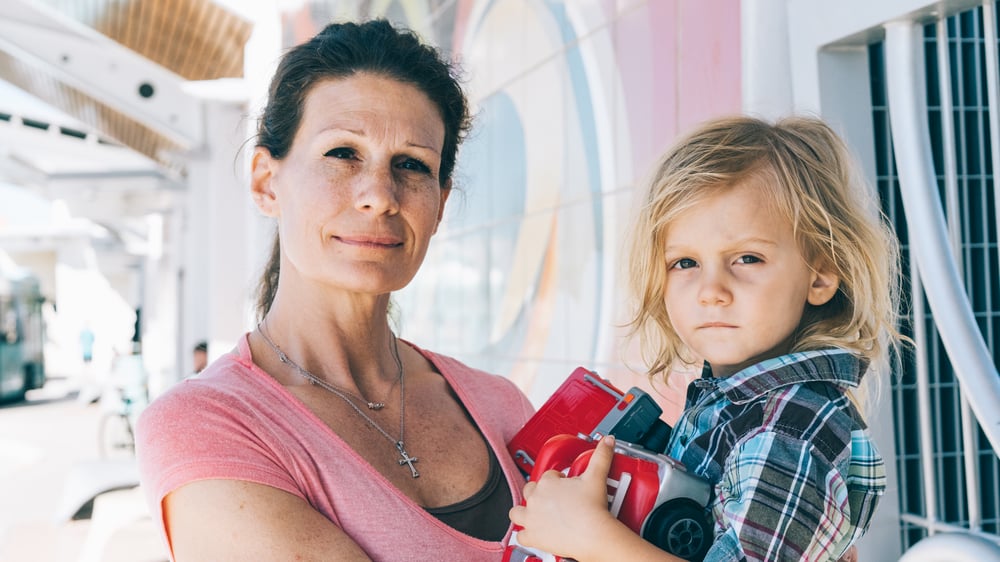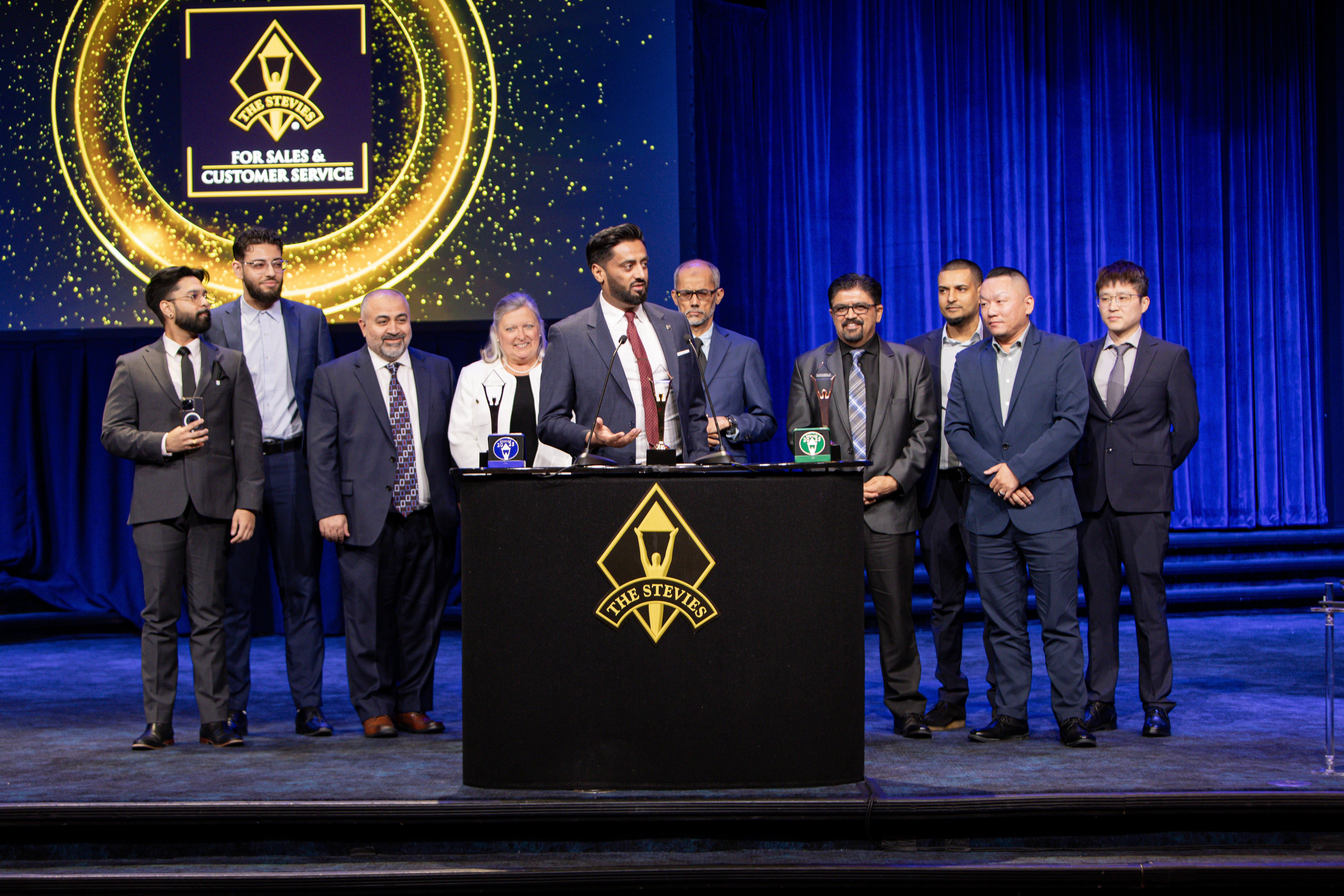In Salt Lake City, Utah, United States, mom Brittany is forced to choose between new shoes and a proper meal for her two young boys. Eight hundred miles away in El Paso, Texas, United States, a navy veteran named Priscilla is left out of the workforce because she can’t afford childcare for her preschool-aged daughter.
Meet two of the millions of parents across the United States who are struggling to provide the basic necessities for their kids, even as the economy looks, to outward appearances, like the picture of health.
During the first quarter in 2019, the economy grew at an annual pace of 3.2 percent, which was its best start in years. The job market has shown similarly impressive results, with unemployment dropping to just 3.6 percent in April.

Yet the turnaround is leaving an alarming number of Americans behind. These people are either struggling to find work or are forced into low-paying jobs that can’t even cover life’s basic necessities. As a result, nonprofits like Feeding America are busier than ever and are giving poverty-stricken households a desperately needed helping hand. Feeding America is a network of 200 food pantries.
Last year, the company, which is based in Chicago, Illinois, United States, provided meals to 46 million adults and children. The organization estimates that one in eight people struggle with food insecurity or the inability to obtain enough food to maintain a healthy, productive lifestyle.
“Some might believe there’s a hunger crisis in other parts of the world—not in America,” says Allison Weber, a Feeding America spokeswoman. “However, the fact is that 40 million people face hunger in the United States. That’s more people than the entire population of Canada.”
A Lingering Challenge
Several factors contribute to the problem of undernourishment.
“High housing costs, rising food prices, and unexpected expenses have left millions unable to stretch their dollars far enough,” says Weber. “Sometimes they can put a warm meal on the table after a long day, and sometimes they go to bed hungry.”
Despite the recovery after the 2007–2008 financial crisis, food insecurity rates held steady through 2014.
“Only in the last few years did they [food insecurity rates] decline," Craig Gundersen, a professor of agricultural and consumer economics at the University of Illinois at Urbana-Champaign, told USA Today in April. “The levels today are still higher than they were in 2007. While in many dimensions the United States recovered from the Great Recession, the most vulnerable among us still haven't recovered.”
According to a 2019 Feeding America analysis, children are disproportionately affected, especially those in rural and southern parts of the country.
“There isn’t a single state or county in America free from child hunger, and it is within our collective power to change that and to ensure today’s children are tomorrow’s leaders,” Kate Leone, chief government relations officer, said in a statement.
In the meantime, groups like Feeding America, which recently picked up a Silver Stevie® Award for Best Annual Report among nonprofits, have had to fill in gaps in order to address the food shortage.
Interested in winning publication awards like Feeding America? Request your entry kit for The 2020 American Business Awards® to begin.
Nonprofits Forced to Step Up
A retired businessman named John van Hengel started the idea of food banks in the late 1960s. While volunteering at a soup kitchen in Phoenix, Arizona, United States, van Hengel met a desperate mother who was forced to rummage through trash cans in order to obtain food for her children. He recognized that, instead of throwing out excess food, there needed to be a place where it could be stored and distributed to those in need.
Van Hengel established the nation’s first food bank in his home city, and by 1977, he saw the creation of similar facilities in 18 cities across the United States. Two years later, he founded a national organization called Second Harvest, which eventually became Feeding America.
With food insecurity continuing to affect a large segment of the population and with government support at risk, Weber says the undernourished might have to rely on Feeding America and similar organizations even more.
“Federal programs that bridge the gap for people facing tough times are under threat,” she says. “More and more, nonprofits and individuals are being called upon to support people in need.”













